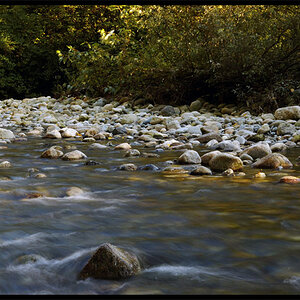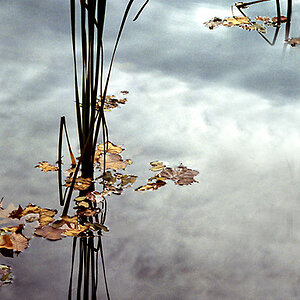Primoz
No longer a newbie, moving up!
- Joined
- May 27, 2010
- Messages
- 174
- Reaction score
- 27
- Can others edit my Photos
- Photos NOT OK to edit
Hey guys!
I am pretty frustrated with how my prints are coming out and have decided to do someting about my monitor in terms of calibration...
So I have two monitors:
2) Which device would you recommend for monitor calibration? What are the features, the cheaper ones don't support?
I don't want to spend too much money, but I want to buy something high quality and I don't want to buy another one in 3 months because I realised I need a better one...
3) Why are colors I see in Lightroom different (better) to what I see in other Photo Viewing Software (Microsoft Picture, especially Picasa has very flat colors) Is there a way to fix this problem?
4) When I have a calibrated monitor, do I have to send any data about my color profile to the print shop to get an acurate print?
5) As I understand you can manage colors in the monitor as well as in the graphics card... Does the monitor calibrator take care of all these settings?
Thank you! =)
I am pretty frustrated with how my prints are coming out and have decided to do someting about my monitor in terms of calibration...
So I have two monitors:
- Samsung SyncMaster 193Plus (older)
- Samsung SyncMaster BX2240 LED (newer)
2) Which device would you recommend for monitor calibration? What are the features, the cheaper ones don't support?
I don't want to spend too much money, but I want to buy something high quality and I don't want to buy another one in 3 months because I realised I need a better one...
3) Why are colors I see in Lightroom different (better) to what I see in other Photo Viewing Software (Microsoft Picture, especially Picasa has very flat colors) Is there a way to fix this problem?
4) When I have a calibrated monitor, do I have to send any data about my color profile to the print shop to get an acurate print?
5) As I understand you can manage colors in the monitor as well as in the graphics card... Does the monitor calibrator take care of all these settings?
Thank you! =)
Last edited:





